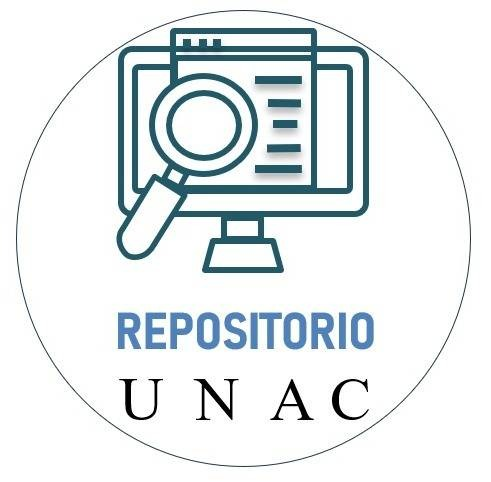Mostrar el registro sencillo del ítem
Planeamiento de la Federación Peruana de Fútbol y competitividad deportiva
| dc.contributor.advisor | Tarazona Padilla, Julio Wilmer | |
| dc.contributor.author | Cáceres Echegaray, Héctor Alejandro | |
| dc.creator | Cáceres Echegaray, Héctor Alejandro | |
| dc.date.accessioned | 2016-07-20T21:35:09Z | |
| dc.date.available | 2016-07-20T21:35:09Z | |
| dc.date.issued | 2009 | |
| dc.identifier.other | T.M.658.401.C14 | |
| dc.identifier.uri | https://hdl.handle.net/20.500.12952/511 | |
| dc.description.abstract | Describe las características del planeamiento implementado por la Federación Peruana de Fútbol y el nivel de competitividad de la selección nacional y de los equipos profesionales. Para ello fue necesario describir los elementos del planeamiento estratégico, analizar en qué medida los directores técnicos, entrenadores y preparadores físicos elaboran y ejecutan planes de pretemporada, analizar la coordinación entre los entes del fútbol, los recursos económicos que cuenta la FPF, compararlo con el resto del mundo y describir si existe apoyo de las competencias inherentes al estado. | es_PE |
| dc.description.abstract | This research was conducted in the Peruvian Soccer Federation taking as parameters it's planning, the contribution of the government and professional clubs during the period from 2004 to 2008; the research objective is to describe the characteristics of the planning implemented by the Peruvian Soccer Federation and the competitiveness of the national and professional teams. lt was necessary to describe the elements of the strategic planning, considering how far the technical directors, coaches and trainers develop and implement pre-season plans, analyze the level of coordination between the soccer authorities, to analyze the economic resources of the FPF and compare them with the rest of the world and describe if there ís support of the competen ces inherent to the government. The study was justified by having a theoretical value which corroborated the proposal of París, Thiess, Tschiene and Nickel, who argue that strategic planning affects the competitiveness as well as has relevance in the values of the society and science focused on sports. Methodologically the research work is approached from the perspective of a scope exploratory descríptive study, wíth the applícation of a non-experimental design, where the non probabilistic sample is composed of 99 persons (Representatives, coaches, trainers, players and personnel). The techniques used are: documentary analysis, Likert scale questionnaire, mixedquestions questionnaire and interviews, which were validated by expert opinion and its reliability was determined by triangulation of data and the alpha was worth Crombach 0,913. Concluding that the Peruvian Soccer Federation and professional clubs do not have a strategic plan; the planning is annual, empirical and non professional, the coaching staffs have received a very limited training on strategic planning. The coordination between the FPF and the ADFP is very basic and with the IPD is zero. The national soccer team and the professional soccer teams have very low competitive levels. | en_US |
| dc.format | application/pdf | es_PE |
| dc.language.iso | spa | es_PE |
| dc.publisher | Universidad Nacional del Callao | |
| dc.rights | info:eu-repo/semantics/openAccess | es_PE |
| dc.rights.uri | https://creativecommons.org/licenses/by-nc-nd/4.0/pe/ | * |
| dc.source | Universidad Nacional del Callao | es_PE |
| dc.source | Repositorio institucional - UNAC | es_PE |
| dc.subject | Federación Peruana Fútbol | es_PE |
| dc.subject | Competitividad | es_PE |
| dc.subject | Deporte | es_PE |
| dc.title | Planeamiento de la Federación Peruana de Fútbol y competitividad deportiva | es_PE |
| dc.type | info:eu-repo/semantics/masterThesis | es_PE |
| dc.publisher.country | PE | es_PE |
Ficheros en el ítem
Este ítem aparece en la(s) siguiente(s) colección(es)
-
Maestría [97]



